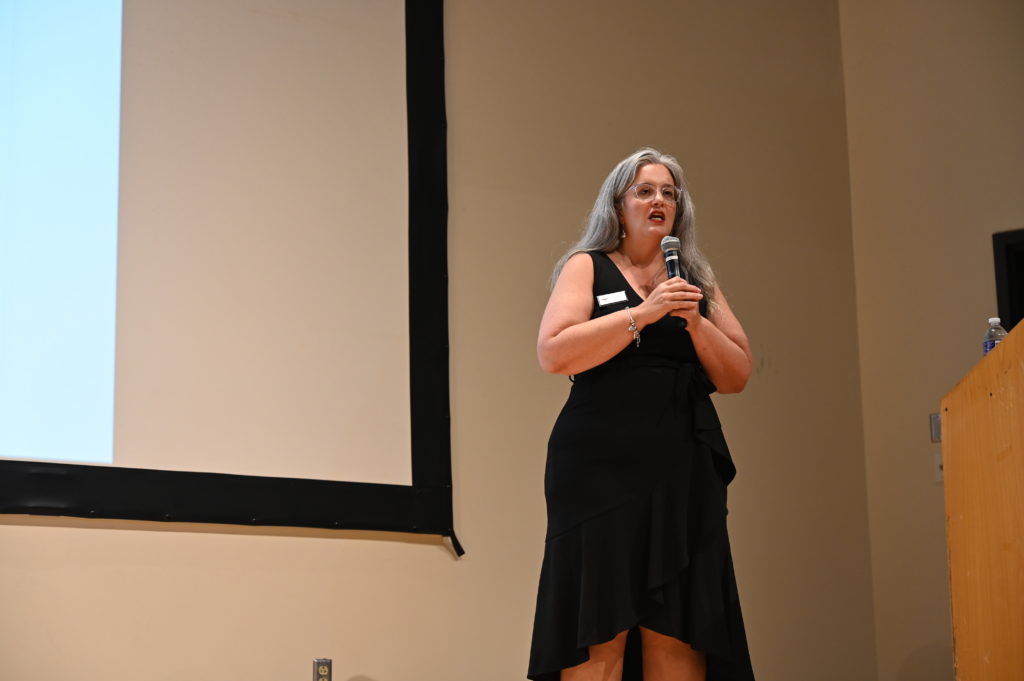
For much of the Spring 2023 semester, the sight of large spools of cable and the massive trucks geared to install them was a constant presence on the UMES campus.
Fast forward more than six months later, and while the trucks and the wiring are gone, the work that was done was an undertaking larger than any of the massive spools and equipment in view.
It was during that half-year period that the campus received a major boost and upgrade in its information technology infrastructure. The improvements were an essential project that Anastasia Rodriguez, the Vice President of Administration and Finance at UMES, wanted to ensure was done as she assumed the role last September.
“I gave them a challenge when I got here that we needed to perform five years’ worth of upgrades in six months so we could take advantage of our Higher Education Emergency Relief Funds (HEERF) that were ending June 30,” she said. “That team rose to the challenge and they got it done. Our overall campus infrastructure is now up to current standards and can handle the wants and needs of the campus.”
According to the U.S. Department of Education, the HEERF grants allow institutions of higher education to use up to 50 percent of the funds they receive to cover any costs associated with significant changes to the delivery of instruction as a result of the COVID-19 pandemic.
“A lot of universities used their HEERF funds to upgrade their IT infrastructure since being able to communicate and teach remotely requires a pretty heavy lift from an IT perspective,” Rodriguez said. “They also realized that they did not have the equipment in place to manage the bandwidth necessary to have all these Zoom classes or Google Meets, or Microsoft Teams platforms to support online learning.”
Rodriguez said that upgrades to what was an aging IT infrastructure included the creation of a “redundant loop,” which creates two different points of access of IT coming into campus and allowing information to still flow into campus in the situation where one line of internet is unresponsive or damaged.
In addition to the loop all buildings on campus were rewired; internet switches, which help connect areas of their respective buildings to the internet, were replaced; internet access points on campus were replaced and added to new locations to help increase bandwidth capabilities; and server rooms were improved to ensure effectiveness in cases of power outages. There were also upgrades to the campus firewall.
Rodriguez said being able to get at least one IT improvement project completed in the six-month window would be a major undertaking, let alone completing multiple projects in that timeframe. “If it wasn’t for the leadership of interim CIOs Dr. Urban Wiggins and Chris Kielt and the wonderful teams they led this project would not have been successful.”
“Most of these projects would be something you would do one of in a year, maybe,” she said. “With the concern that the Department of Education might not give us a no-cost extension on our HEERF Funds on June 30, we had to do as much as possible as we could to at least have the equipment on campus.”
As a result of the improvements, the campus will be primed for not only handling the increased influx of new students but also for UMES’s new curriculum of online classes set to start this fall.
Rodriguez added that other IT projects on the horizon focus on concerns of business continuity and disaster recovery.

